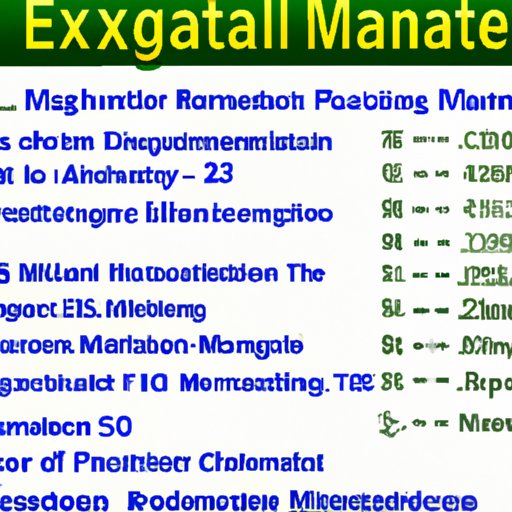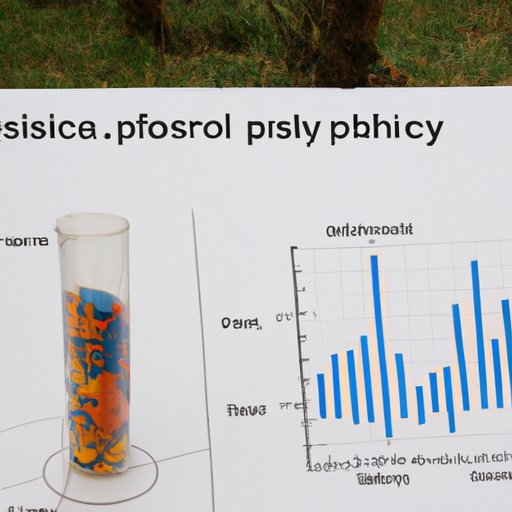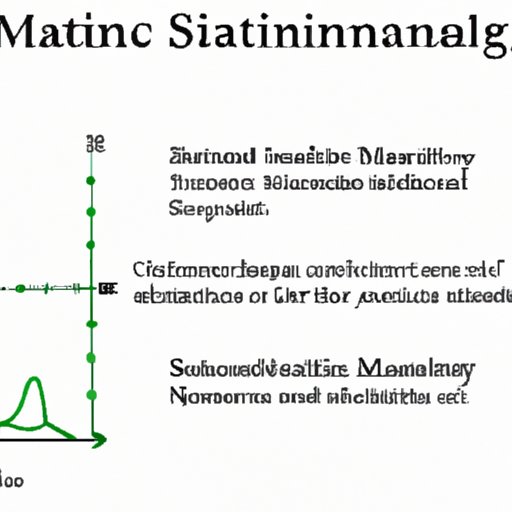
Overview of the Math Skills Needed for Environmental Science
Environmental science is a field that requires a diverse set of skills and abilities, including mathematical knowledge. Math is used to analyze data and trends, construct models to predict outcomes, and solve complex problems related to the environment. In this article, we will explore the different types of math used in environmental science and how they are applied in real-world scenarios.
Exploring Real-World Applications of Math in Environmental Science
Math is used in many aspects of environmental science. One of the most common uses is to analyze data and trends. Scientists use mathematical equations and formulas to determine relationships between variables and draw conclusions about cause and effect. For example, researchers may use statistical methods to determine the correlation between air pollution and health outcomes.
In addition to analyzing data sets, math is also used to construct models to predict outcomes. Scientists can use mathematical models to simulate environmental systems and understand how different factors affect each other. For instance, climate scientists may create a model to understand how changes in carbon dioxide levels impact global temperatures.
Finally, math is used to solve complex problems related to the environment. Mathematical equations and algorithms can be used to calculate the optimal solution to a given problem. For example, mathematicians may use optimization techniques to identify the most efficient way to reduce emissions from a power plant.
Examining the Role of Geometry, Algebra, and Calculus in Environmental Science
Geometry, algebra, and calculus are three of the most commonly used branches of mathematics in environmental science. Geometry is used to measure and analyze spatial relationships between objects. For example, geographers may use geometry to measure the size of a forest or the distance between two cities. Algebra is used to represent relationships between variables, such as population growth or energy consumption. Finally, calculus is used to understand change over time and calculate rates of change. Scientists may use calculus to understand how quickly pollutants move through a river system or how quickly a species is losing habitat.

Investigating How Statistics and Probability are Used in Environmental Science
Statistics and probability are two more branches of mathematics that are used in environmental science. Statistics is used to analyze data sets and understand the relationships between variables. For instance, statisticians may use regression analysis to determine if there is a correlation between air pollution and asthma rates. Probability is used to estimate the likelihood of certain events occurring. For example, meteorologists may use probability to forecast the chance of rain on a given day.

Analyzing the Role of Modeling and Simulation in Environmental Science
Mathematical modeling and simulation are two powerful tools used in environmental science. Models are used to understand cause and effect relationships between different variables. For example, ecologists may use mathematical models to understand how changes in land use affect biodiversity. Simulations are used to assess the impacts of decisions and evaluate potential outcomes. For example, engineers may use simulations to predict the effects of dam construction on a river system.
Exploring the Impact of Mathematical Thinking on Environmental Science Solutions
The application of mathematical principles is essential to developing effective solutions to environmental problems. Mathematical thinking helps scientists understand the implications of their decisions and recognize the importance of data in decision making. For example, economists may use mathematical models to estimate the cost-benefit ratio of different conservation strategies. It is also important to recognize the limitations of mathematical models and understand that all decisions have trade-offs. As Dr. David Suzuki states, “Mathematics is an invaluable tool for understanding the world around us, but it cannot provide all the answers.”
Conclusion
Math is an essential part of environmental science. It is used to analyze data and trends, construct models to predict outcomes, solve complex problems, and develop solutions. Geometry, algebra, calculus, statistics, and probability are all important branches of mathematics used in environmental science, as well as modeling and simulation. Ultimately, the application of mathematical principles plays an important role in finding solutions to environmental problems.
(Note: Is this article not meeting your expectations? Do you have knowledge or insights to share? Unlock new opportunities and expand your reach by joining our authors team. Click Registration to join us and share your expertise with our readers.)
